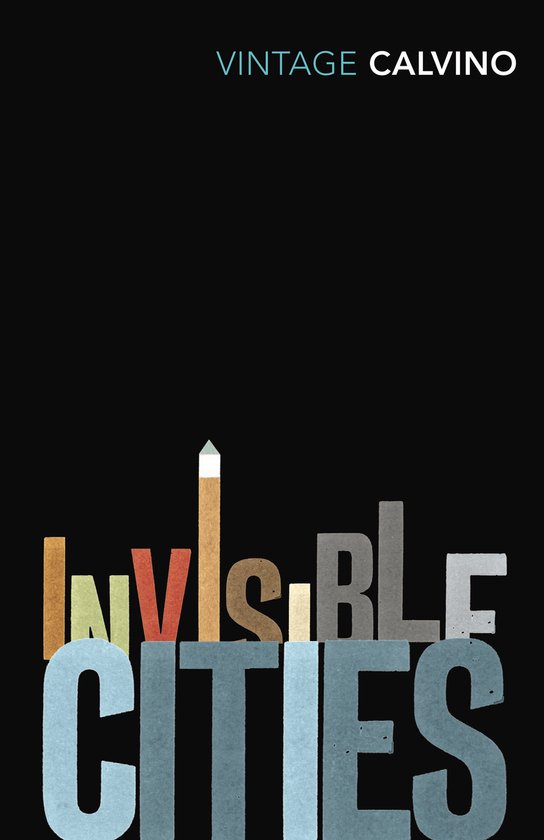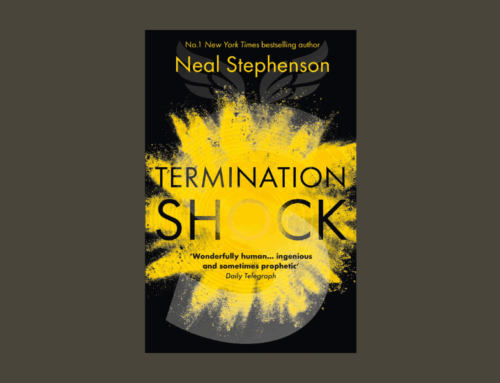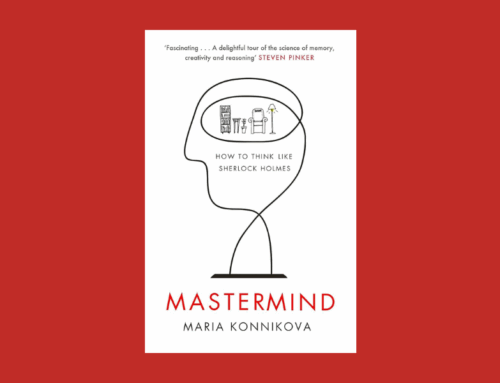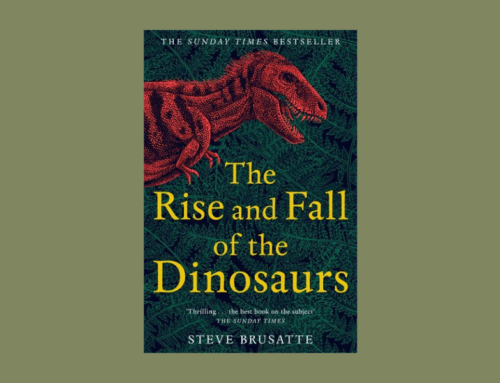In Invisible Cities Marco Polo conjures up cities of magical times for his host, the Chinese ruler Kublai Khan, but gradually it becomes clear that he is actually describing one city: Venice.
By Damla
“You take delight not in a city’s seven or seventy wonders, but in the answer it gives to a question of yours.”
After years of battle, Kublai Khan has finally built an empire so vast, a tapestry of cultures and lands so diverse and complex that he could never travel to see it all. In his stead, he tasks Marco Polo with a difficult mission: to travel to all corners of his magnificent empire, and report back to the emperor all the cities he has encounters along way. As Marco Polo tells enchanting tales of magical cities and fascinating people, it becomes clear that these are all stories of one city only. Unable to return to his beautiful hometown Venice and growing homesick for its vibrant streets, Marco Polo takes inspiration from everything he misses in his city. From the cobbled stones paving the innumerable alleys to the chaotic maze of canals, from the lines of laundry hanging in narrow alleyways to the daily rhythm of conversations among the Venetian society, any small detail from Venice can be a seedling that grows into a mesmerizing landscape through Marco Polo’s imagination.
This is a special book for lovers of the unique, the strange, and the magical (very much like Venice, the city at the heart of this book). The first time I read it was as a fresh architecture student, looking to explore new, unconventional perspectives on architecture. In it, I have found all of that and much more. Since then, I have reread this book many, many times. It is the one book that I go back to again and again without ever tiring, because I always discover something new in it. Each time, there is a new sentence underlined, a new sketch scribbled in the margins to capture the feeling of the city.
Full of dreamy landscapes and melancholic reflections, it always transports and inspires me, reminding me to keep a playful, lighthearted look at architecture and what I see on my travels. When we step away from serious, we open up to new possibilities.





